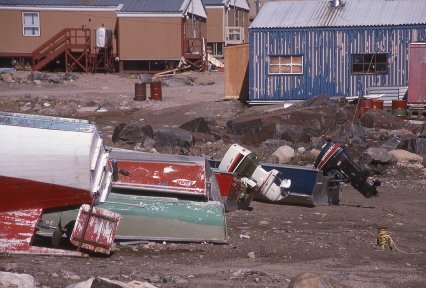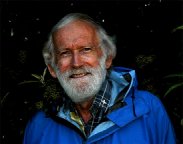
.

|
EduTech Research Project Presents John Tyman's INUIT ~ People of the Arctic Unit IV: FAMILY LIFE, TRANSPORT & RECREATION Back to Main Navigation Page |
|
|
|
|
|
|
 |
|
And because of the way the town is laid out most people live close to the shore. |
|
|

|
1 | 2 | 3 | 4 | 5 | 6 |
1 | 2 | 3 | 4 | 5 |
1 | 2 | 3 | 4 | 5 | 6 |
1 | 2 | 3 | 4 | 5 |
1 | 2 | 3 | 4 | 5 | 6 |

![]()
Text, photos and recordings by
John Tyman
Text, photos and recordings
by John Tyman
Intended for Educational Use
Only.
Copyright Pitt Rivers Museum,
Oxford University, 2010.
Contact Dr.
John Tyman for more information regarding licensing.
![]()
Photo processing, Web page layout,
and formatting by
William
Hillman | www.hillmanweb.com
Assistant Professor ~ Faculty
of Education ~ Brandon University ~ Brandon, Manitoba ~ Canada